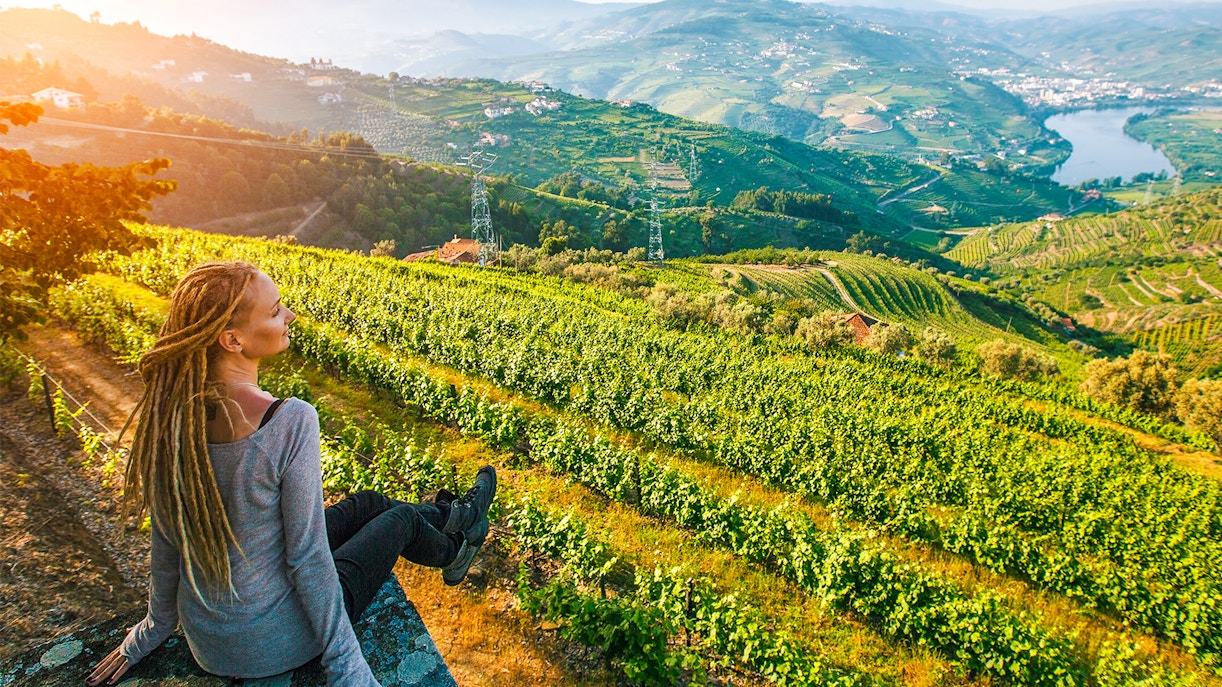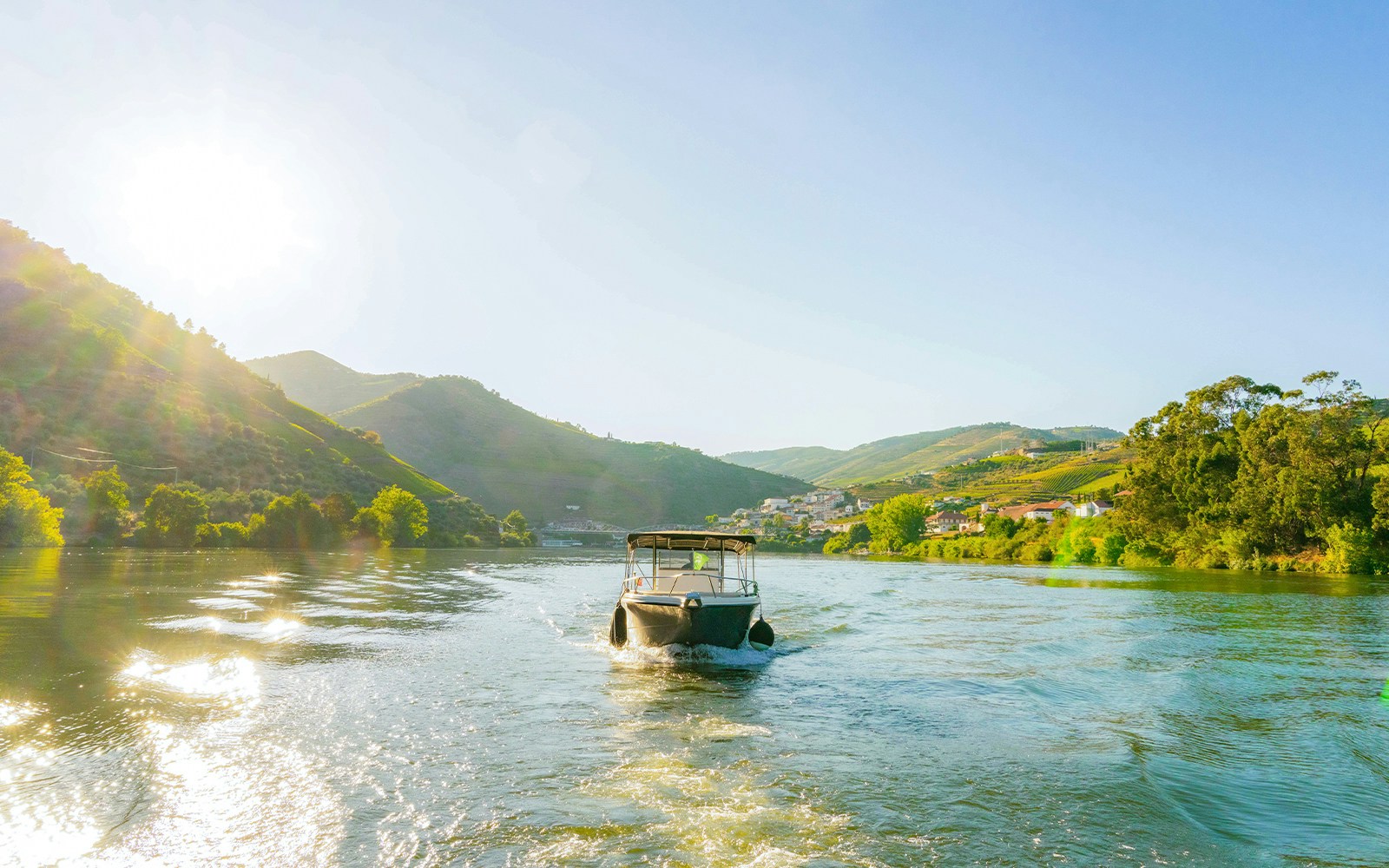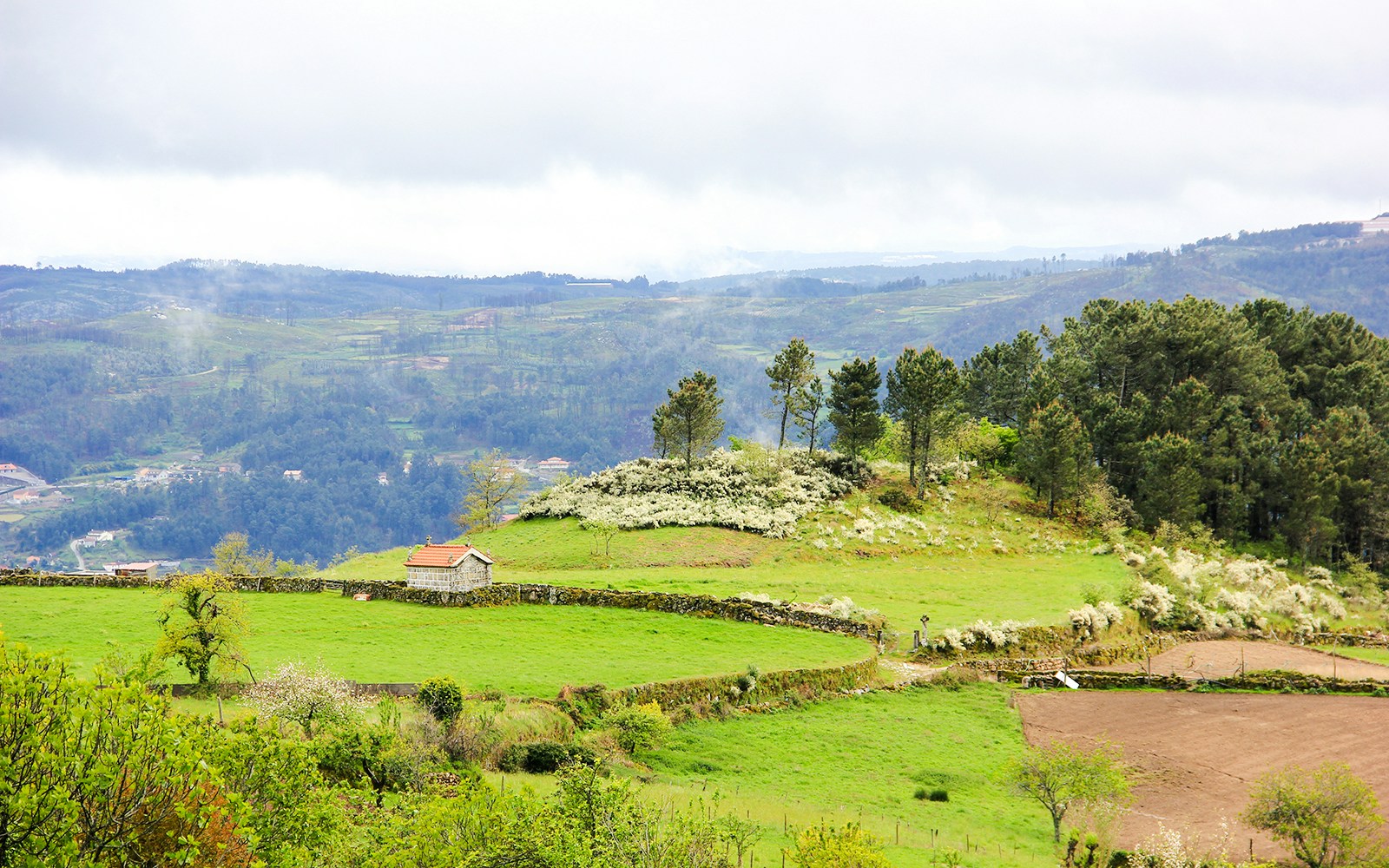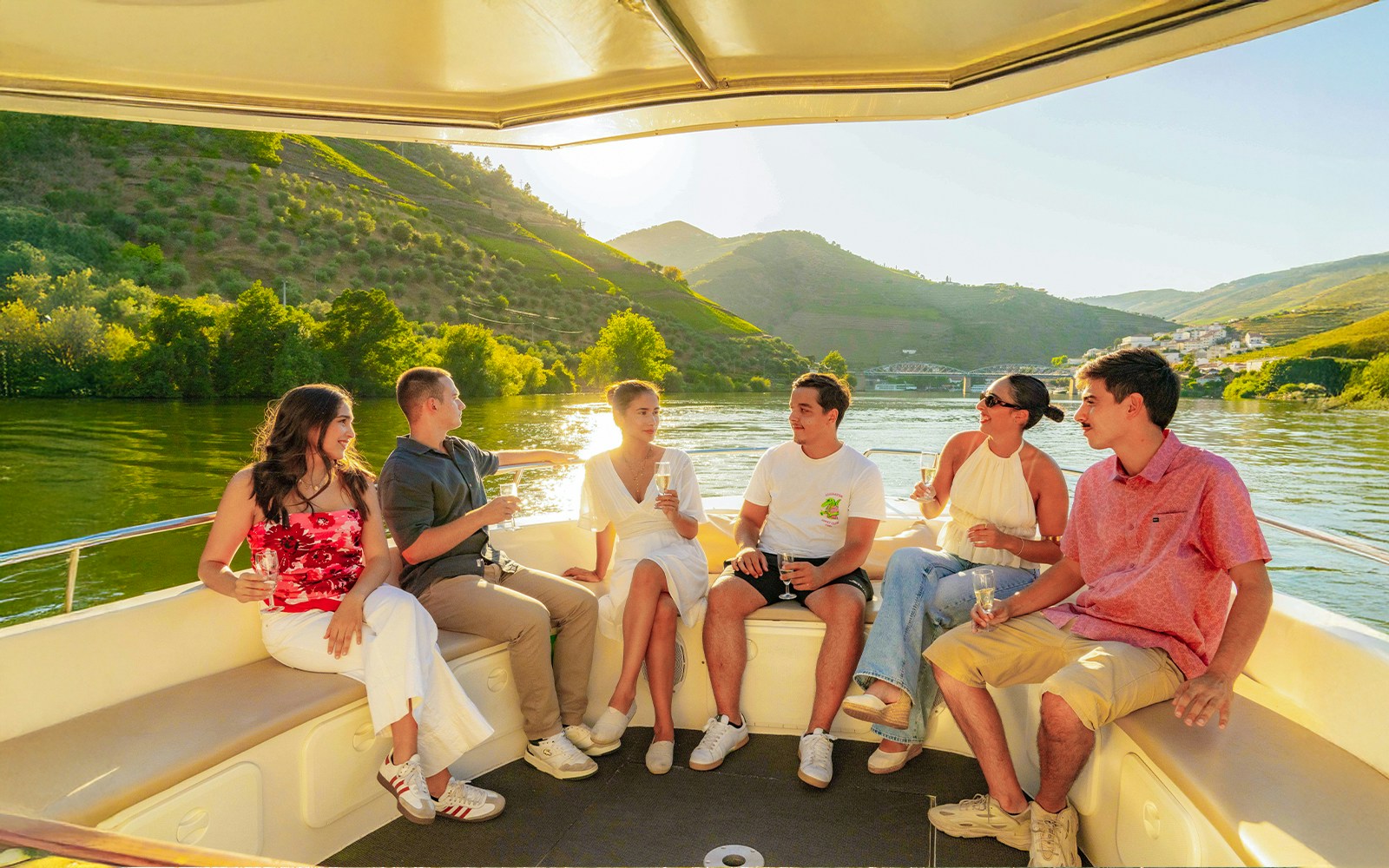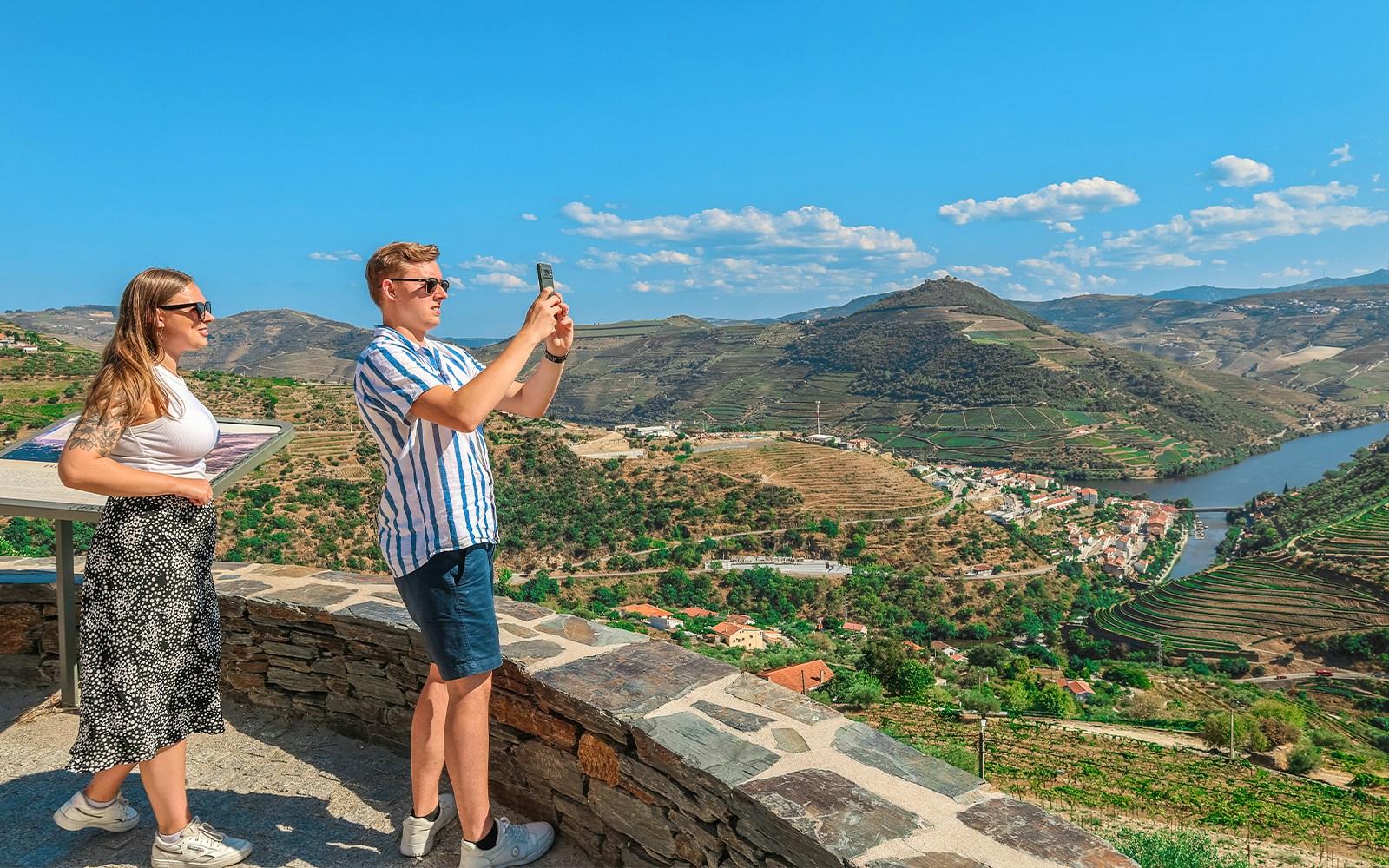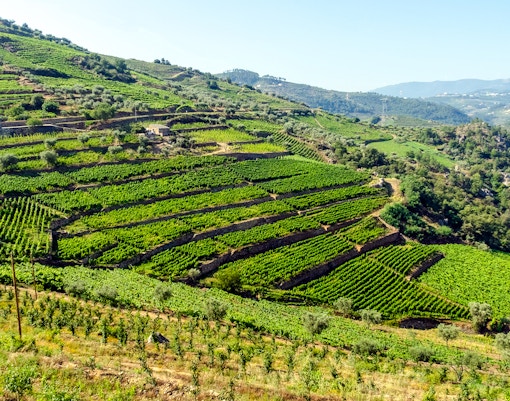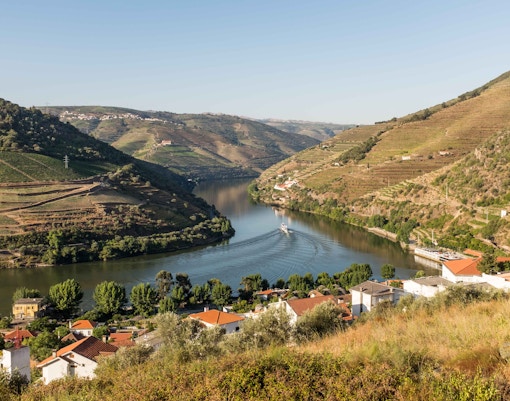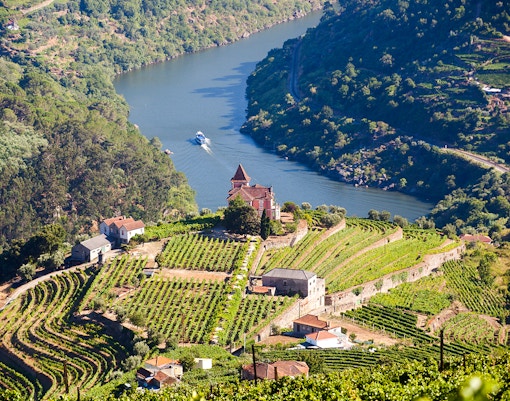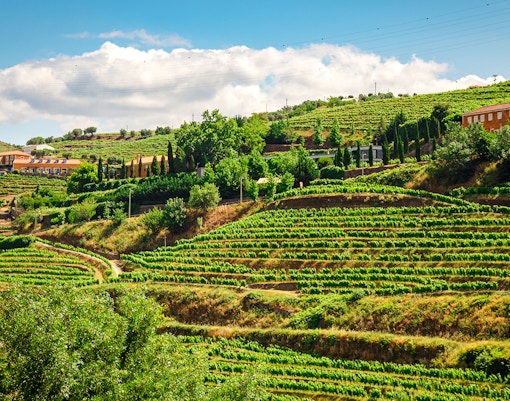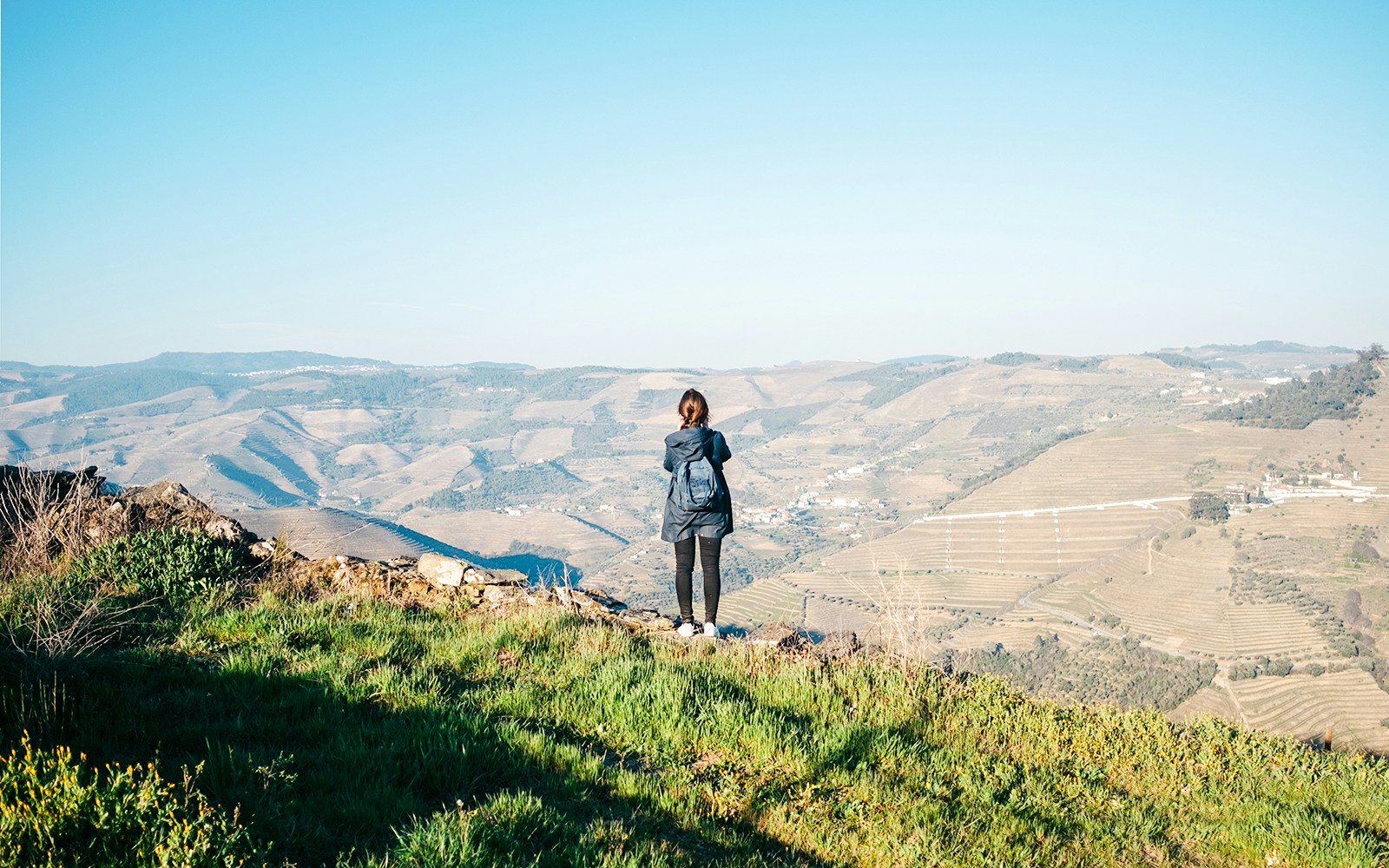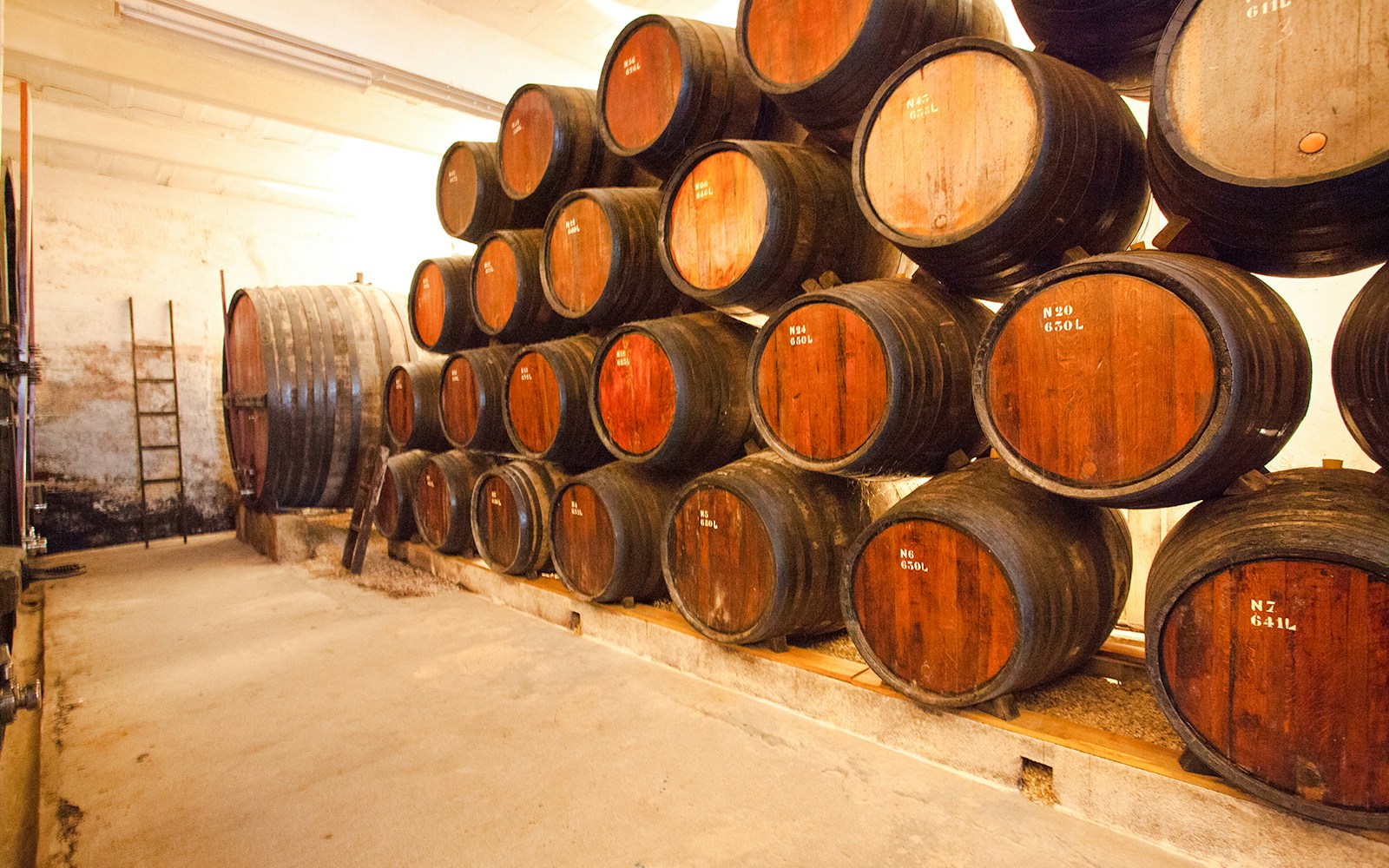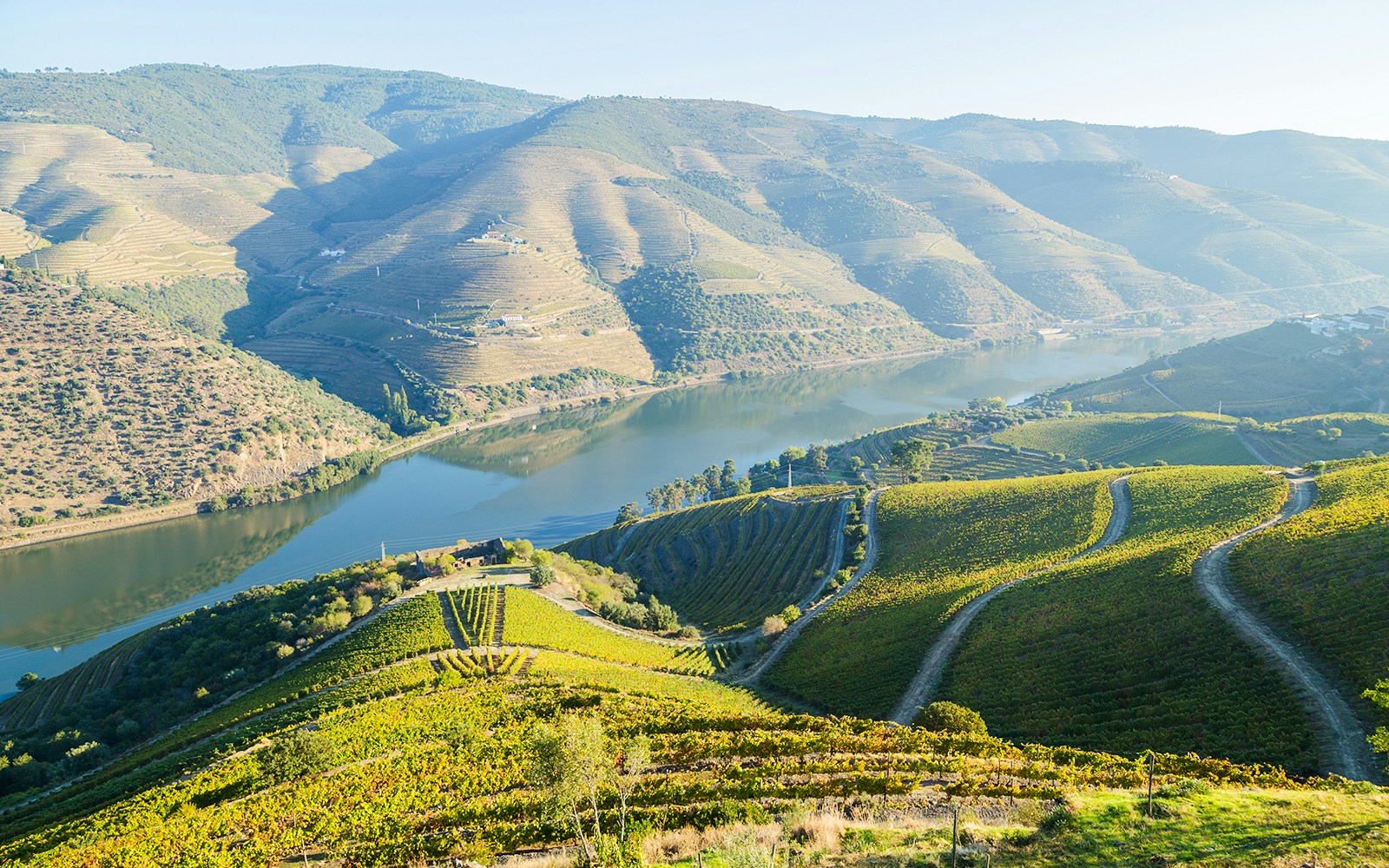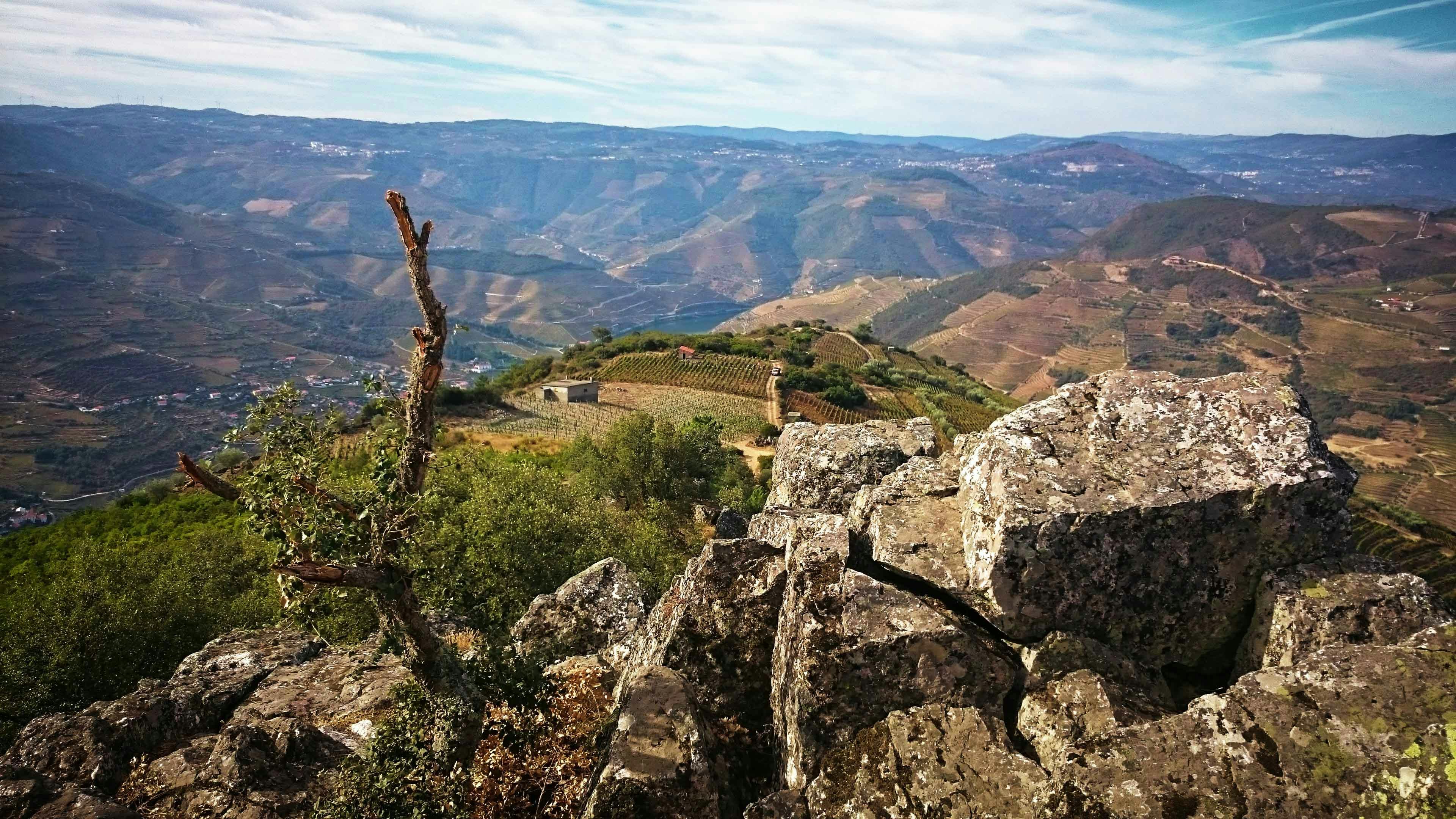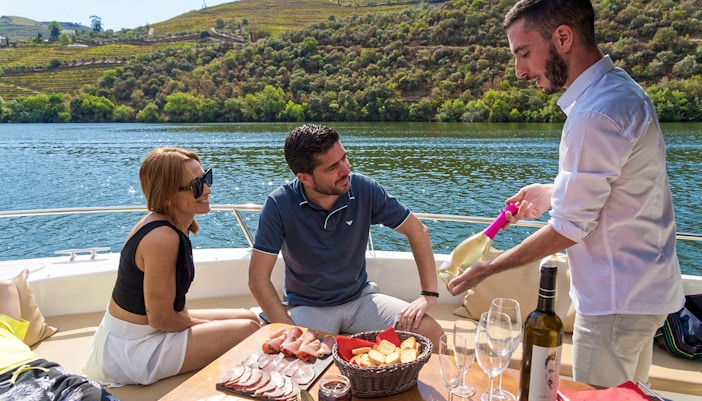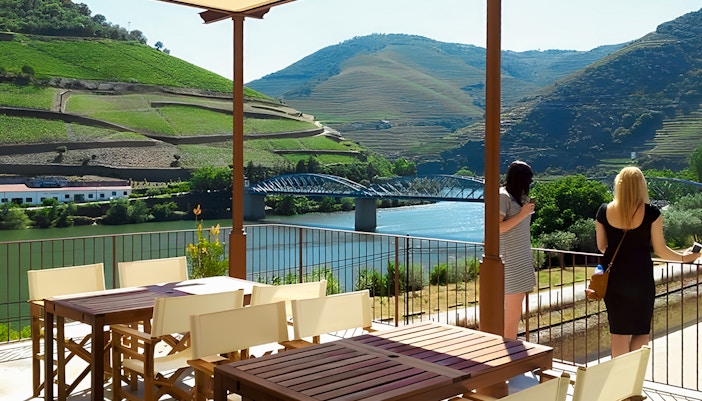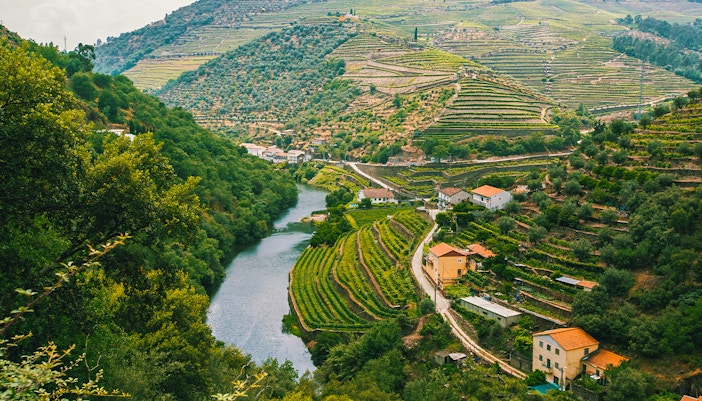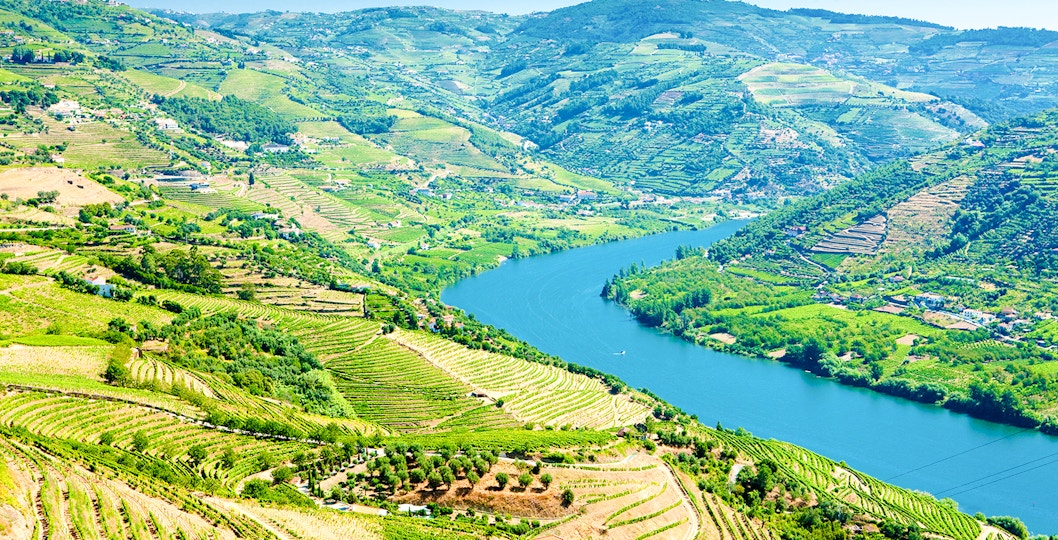- Official Name: Douro Valley (Vale do Douro)
- Location: Northern Portugal, along the Douro River, spanning the Porto district to the Spanish border
- Size: Approx. 250,000 hectares of vineyards, hills, and river valleys
- Altitude: Hills and river terraces; Mediterranean climate with hot summers and mild winters
- Major areas: Peso da Régua, Pinhão, Lamego, and the Cima Corgo and Baixo Corgo subregions
- Heritage: Vineyards dating back to the 18th century; continuous production for centuries
- Visitors per year: Around 2 million tourists annually
- UNESCO World Heritage Site: Declared in 2001 for its cultural landscape and viticulture
Quick information
